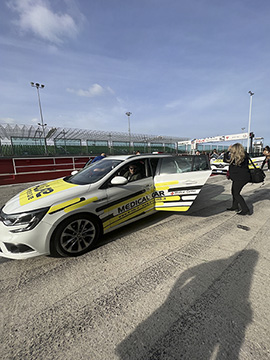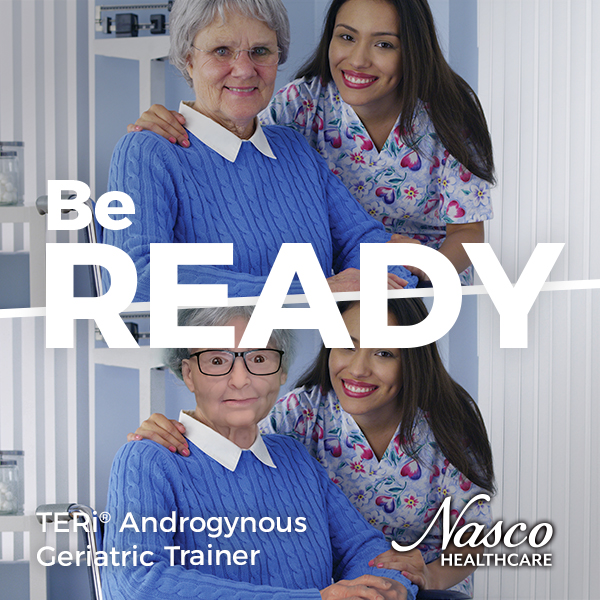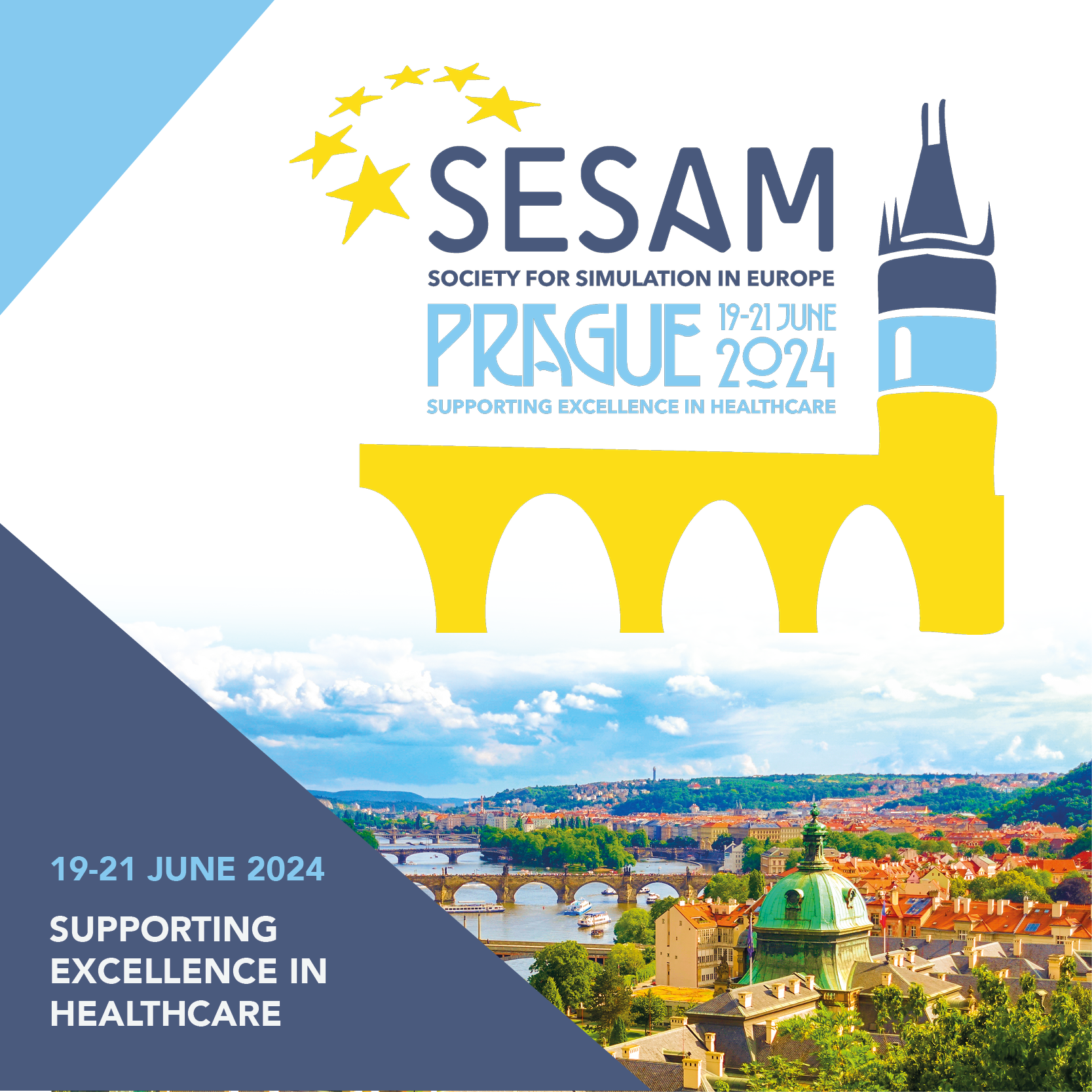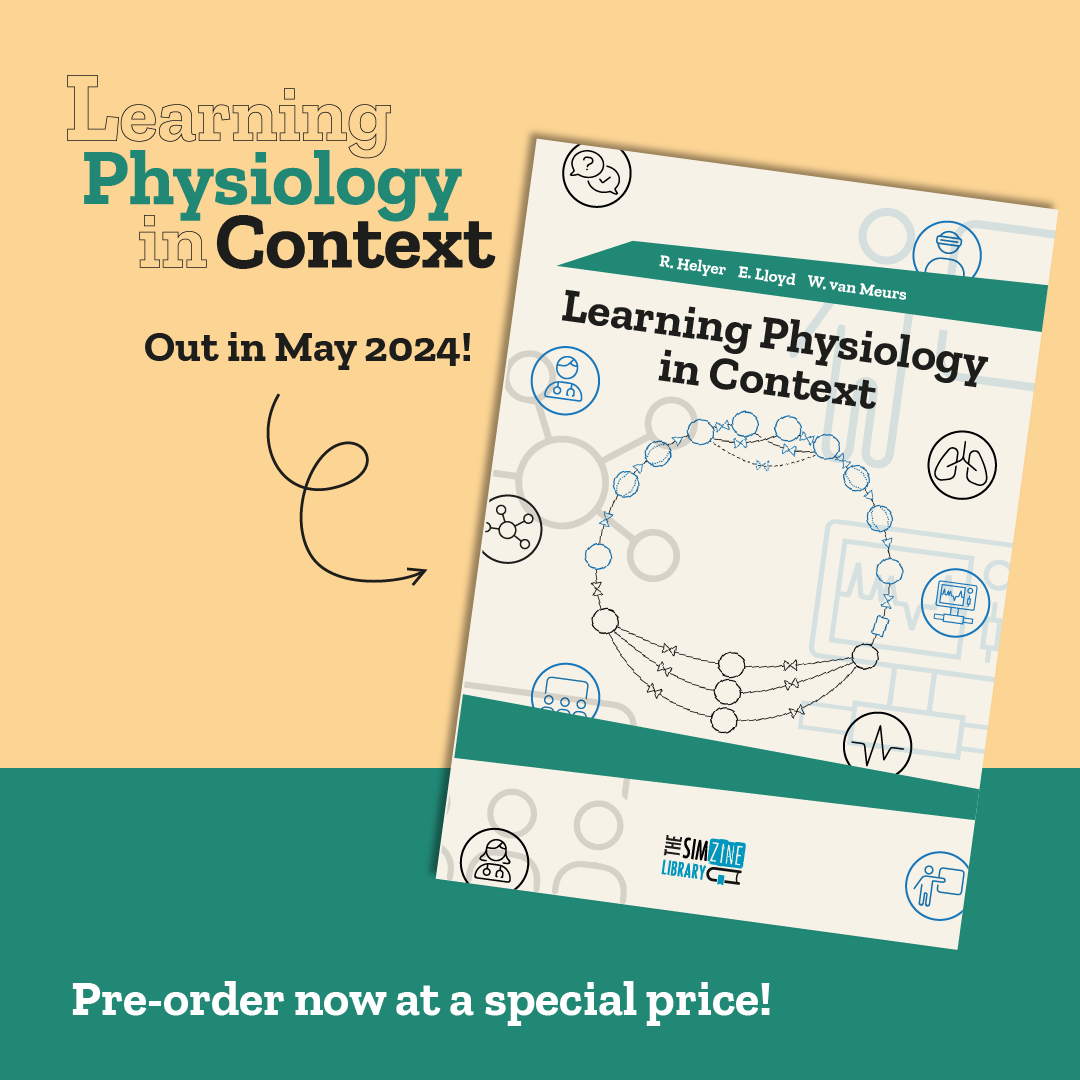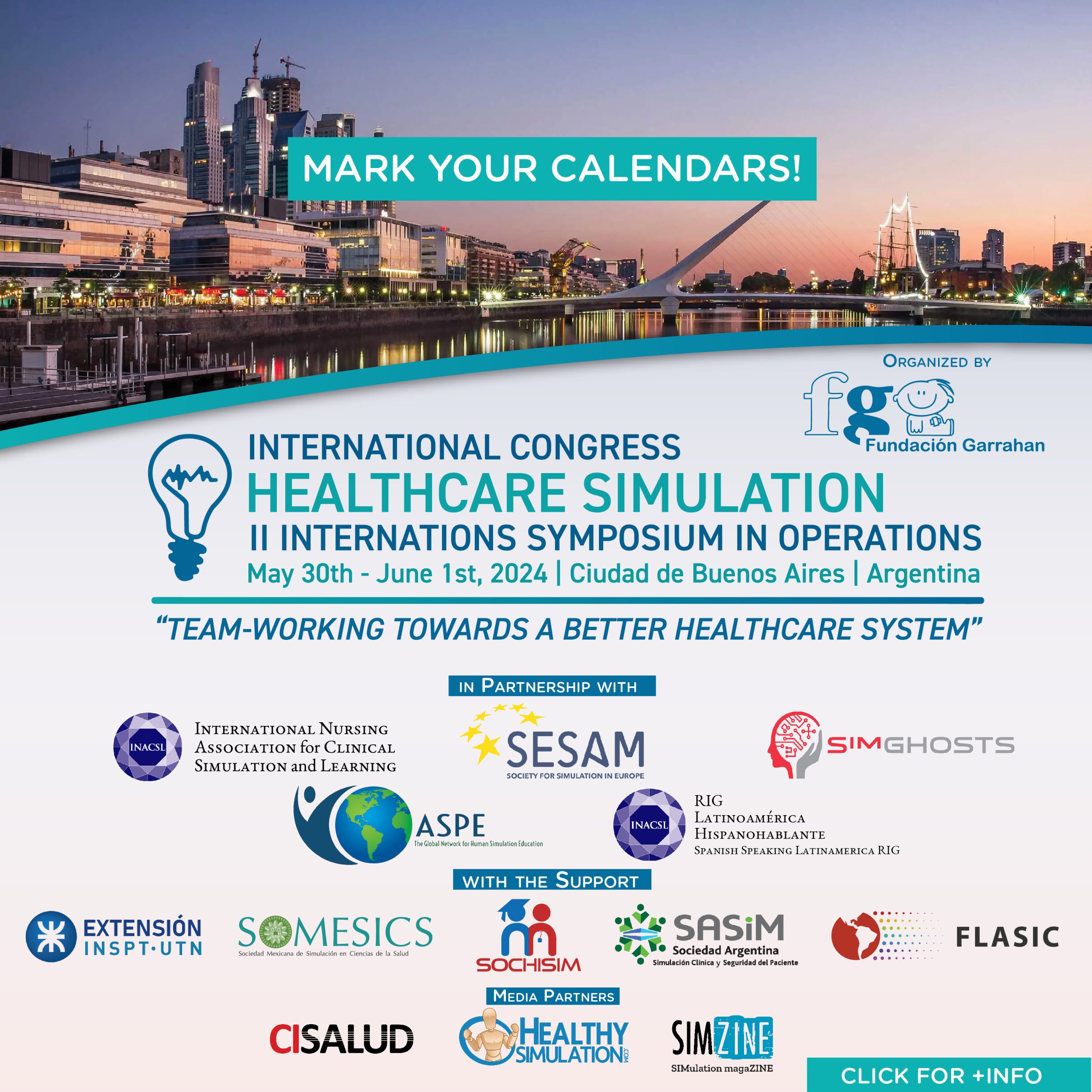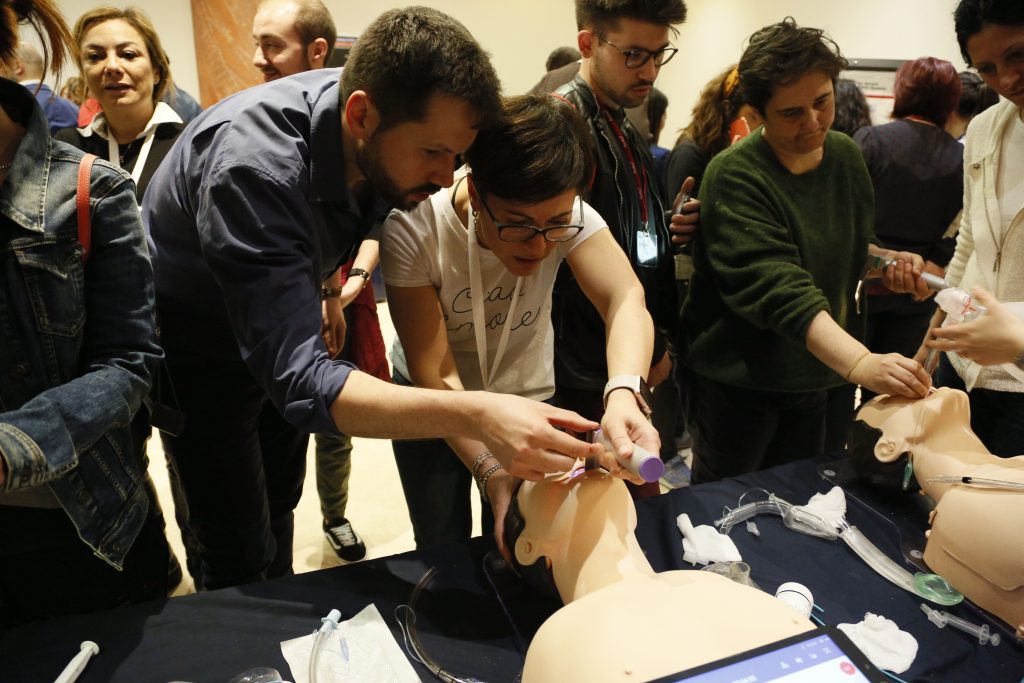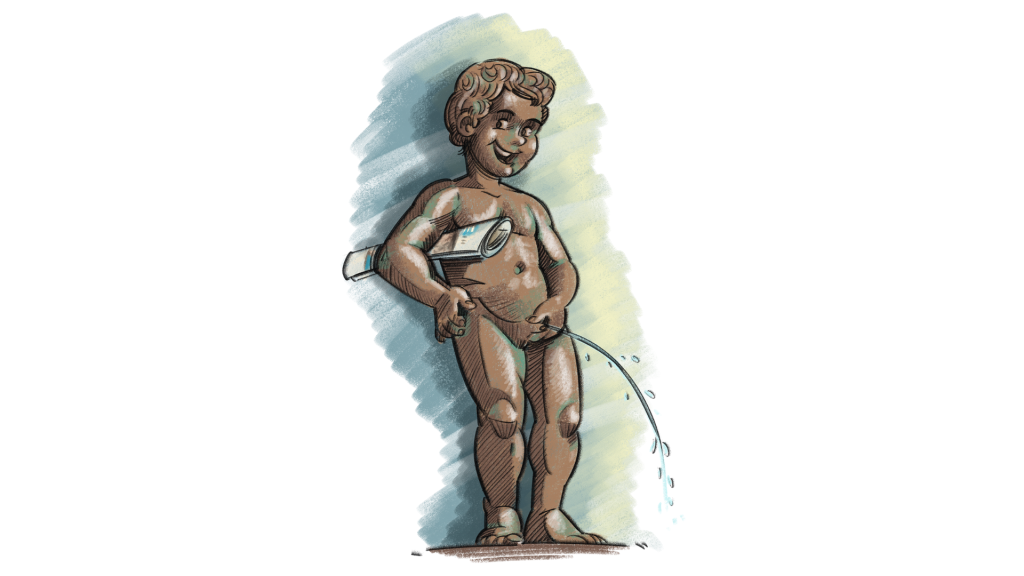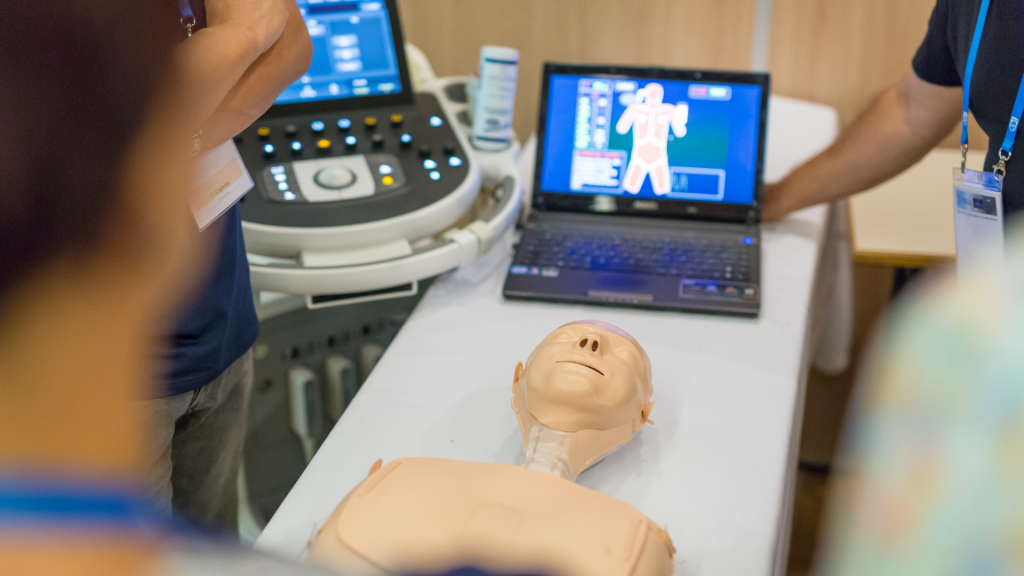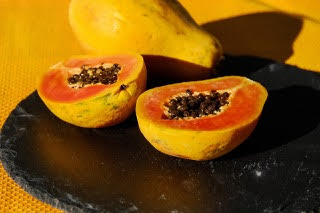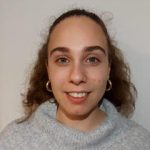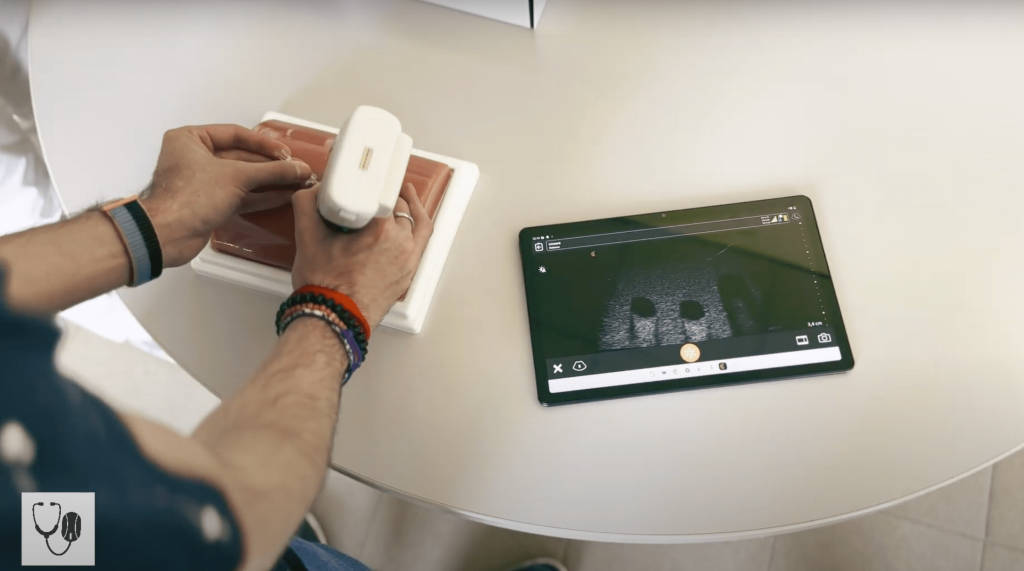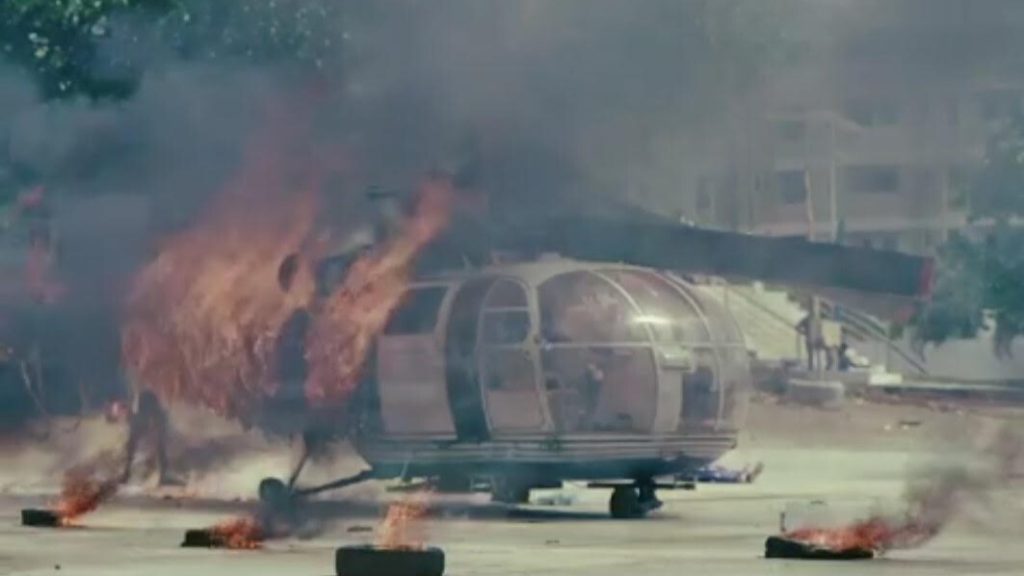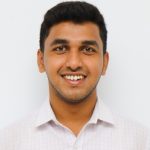The first clinical simulation center dedicated to trauma has been inaugurated at the Misano World Circuit. Dr. Eraldo Berardi is our pilot and tells us about this new adventure
Vroooom. A racing car hurtles along the straightaway, a bolt of metal that runs faster than our gaze. We perceive the wall of air moving as the car passes, the sun hitting the metal surface of the roof for a fraction of a second and hurting our eyes. The brake lights flash briefly, before the car takes the right-hand bend at full speed. «This bend is usually taken at 302 km/h» Dr. Eraldo Berardi, medical director of the Misano World Circuit, our driver of exception, will tell us later as we drive around the circuit in the medical car.
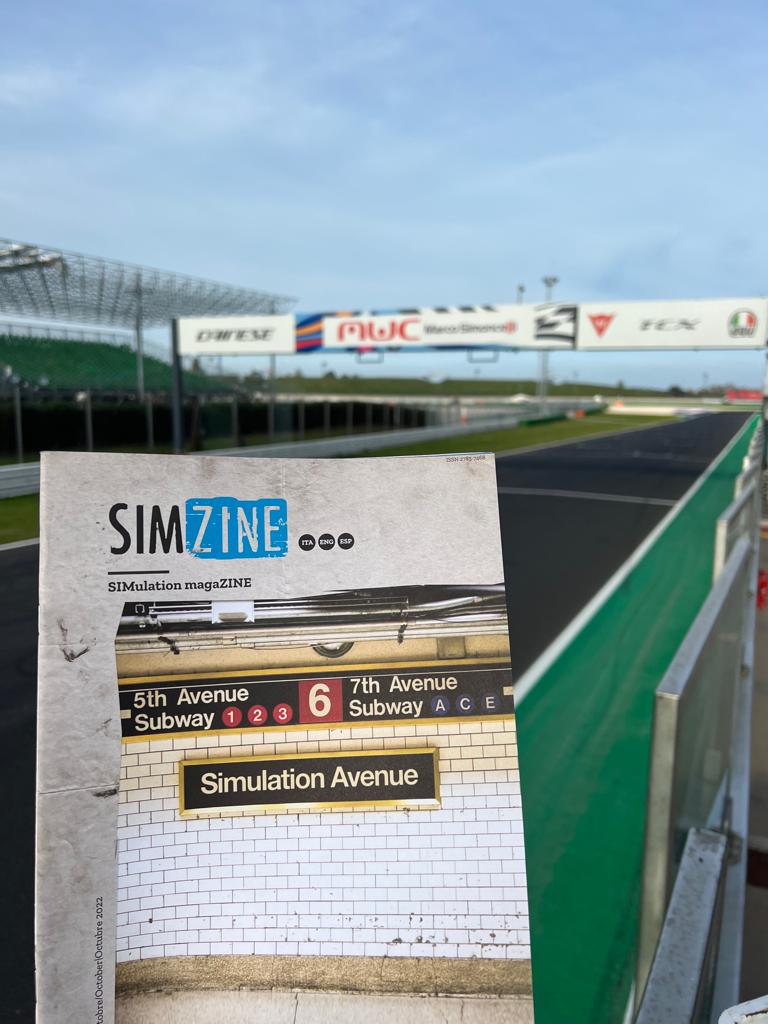
But what is a medical simulation magazine doing at the Misano World Circuit? What do engines and simulators have in common? The answer is actually very simple: a motorbike circuit offers extraordinary opportunities to train trauma and emergency management skills. Thanks to the clinical experience acquired in the field, the medical team of the Misano World Circuit has in fact developed a set of unique skills that can be useful to many other professionals in Italy and around the world. Precisely for this reason, a medical training center has just been inaugurated in Misano, which aims to become the first clinical simulation center inside a racetrack. Obviously we could not miss the opening day, which took place on November 11th. For the occasion, two CME courses were launched simultaneously, open to both internal medical personnel and external professionals: (1) the theoretical-practical course on basic and advanced airway management in adults, vascular access, the routes of drug administration and the control of massive haemorrhages; (2) the course of Clinical Ultrasound in Emergency, POCUS.
We took the opportunity to talk to Eraldo Berardi about the past, present and future of the Misano Race Medical Team.
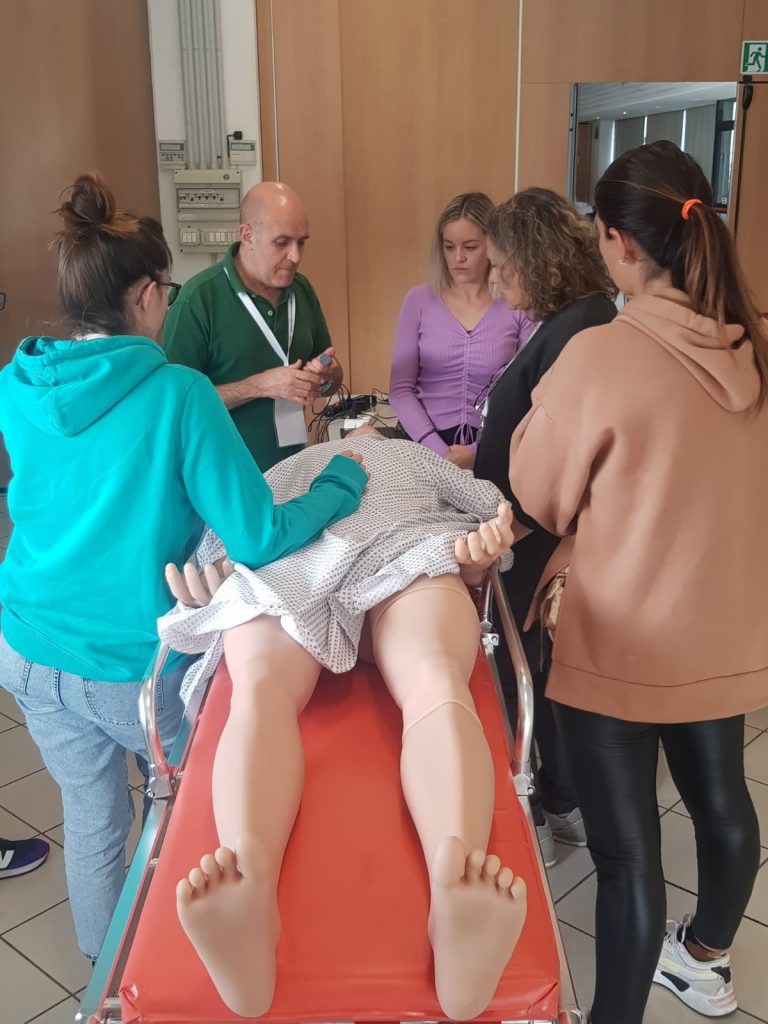
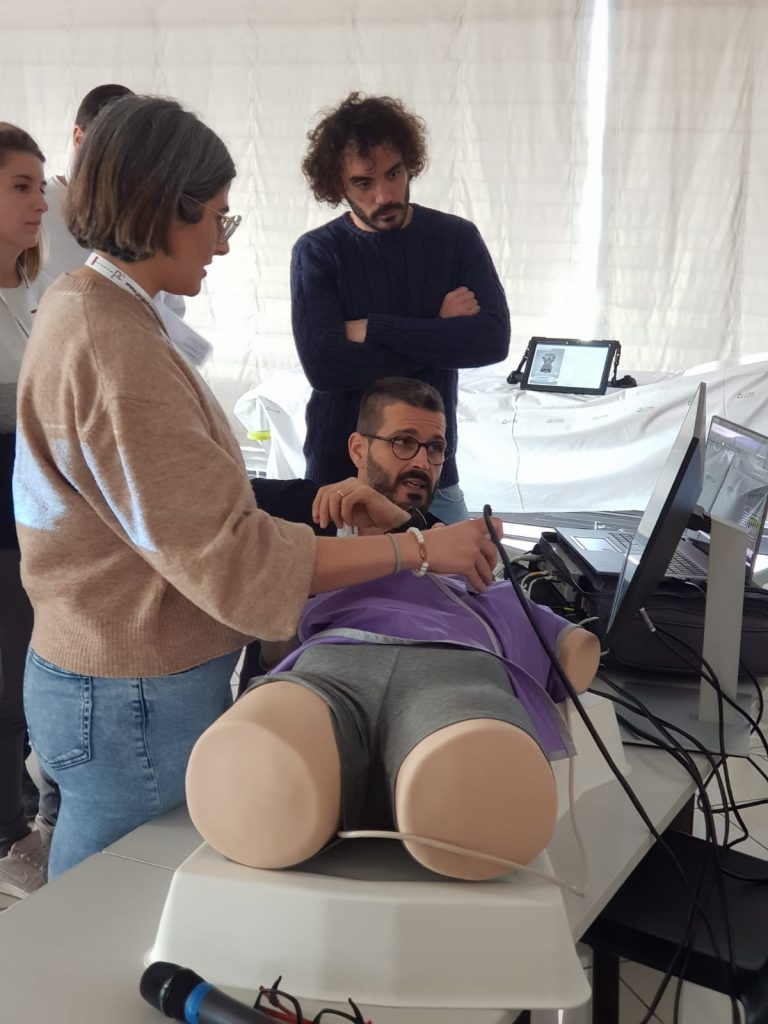
SZ: Dr. Berardi, what can you tell us about your team’s experience in trauma and emergency management?
Eraldo Berardi: Well, first of all I have been here for several years now and I can say that we have developed in-depth knowledge and expertise in this sector, because we are in a place where trauma is obviously at home. We are a very consolidated group, also because we have been working together for many years and this has also allowed us to improve and codify all the necessary procedures. In the event of a trauma during major events, we also have the advantage of having an accredited clinic available equipped with numerous diagnostic devices, which allows us to approach the trauma in a different way compared to a circuit where these instruments are not available. In critical situations, of course, the first objective is to quickly centralize the traumatized person. In other situations where there is time to investigate and study the patient, and there is a need to do a CT scan, brain or vertebro-medullary resonance, we can do everything in circuit. Our team is made up of freelance professionals and doctors who belong to various neighboring ASLs, in particular in Romagna, but also in Emilia, a team of resuscitators and traumatologists, orthopedists, radiologists who have gained experience both in circuit and in their daily work.
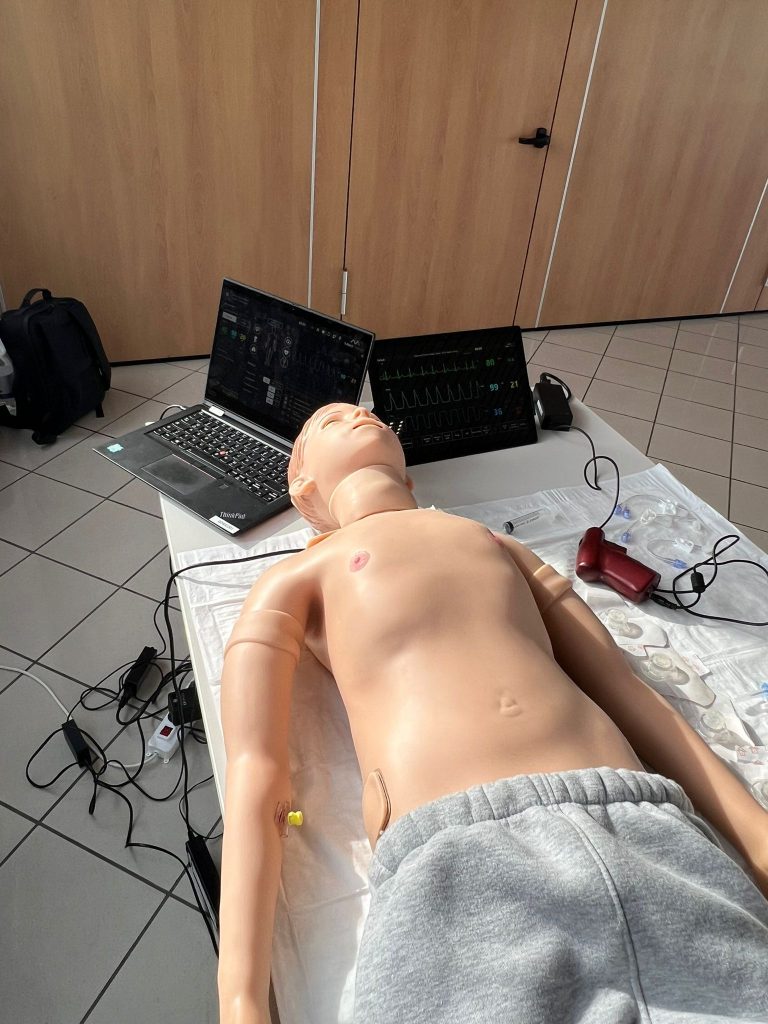
Let me give you an example: there are four-five resuscitators who usually work on the Ravenna’s rescue service, so they can sometimes be with us during an activity at the racetrack. Sometimes they arrive as an emergency team, let’s say when we have to centralize a rider, who we usually take to the Trauma Center in Cesena. We have our own helicopter for major MotoGP or Superbike events, while in other situations we make use of the support of the Ravenna’s 118 (Italy’s emergency number).
Therefore, whoever works here is completely able to manage patients’ airways. Let me explain. If a patient needs to be intubated the procedure is carried out here, if we have to manage a tension pneumothorax it is drained here, if we have to manage an abdominal trauma all the doctors on the team are able to intervene, and most of the nurses are also competent to be able to assist in this type of procedure.
We comply with the codified 118 protocol as regards the methods, criteria and dynamics of centralisation. Given the specific dynamics of our multiple-traumatized patients, we have agreed on a modification of the protocols to avoid clogging up the Cesena Trauma Center, finding a criterion that allows us to centralize certain traumas in Cesena, while we either manage others here, or transfer them to nearby hospitals, Rimini or Riccione for example.
SZ: And how did the idea of creating an advanced simulation center right here, in such a particular setting, come about?
Eraldo Berardi: Well, the idea was born some time ago, in that we are aware of having a perspective and a vision of the trauma that few have. The racetrack works 280-290 days a year, so we have a very large case history of injuries. From an orthopedic, vertebral and cerebral point of view, we manage everything directly. Our experience is peculiar. Thirty seconds, maximum 1 minute after the accident we have the video of what happened, and this leads us to approach the trauma in a different way: we clearly see what happened and we already have a clear idea of the consequences of the accident and how we can intervene, allowing us to anticipate and plan the actions to be carried out even when we are under great pressure. And so we have always thought: why, instead of dispersing it, don’t we try to share our knowledge?
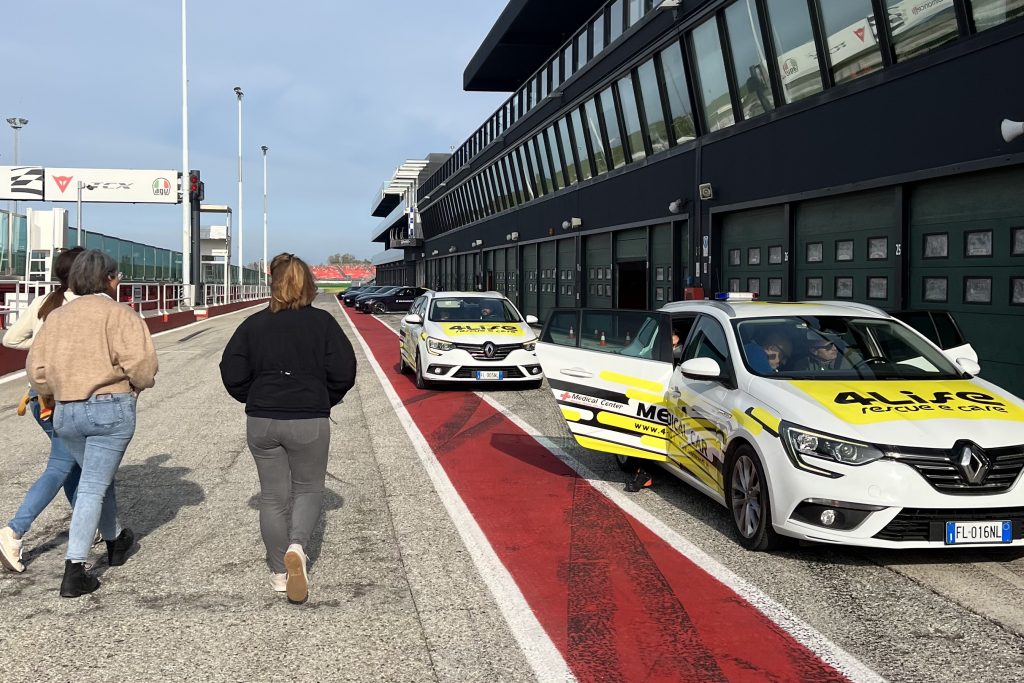
We already wanted to start in the pre-Covid era, but we lacked the organizational structure. This time, however, we have relied on external collaborators: we make our medical skills available, but then we need someone to organize the events, etc.
SZ: Today the activities of the training center are inaugurating: how were the themes for the first courses identified?
Eraldo Berardi: We have decided to establish priorities. This was inevitable, because tackling the topic at 360 degrees in a single course would have been too complicated, indeed impossible. We thought that managing the airways in haemorrhagic events, which are the most critical situations, the ones that can truly lead you to the most dramatic consequences, could be the right starting point. Then, I believe that anyone must have ultrasound knowledge, perhaps basic, to be able to understand the entity, the gravity, to be able to act immediately and, at the same time, also plan the centralization of the patient in different times and ways depending on what it turns out at the moment.
We already have a fair number of activities planned for next year and they will encompass all of the topics related to trauma. We will clearly have to see who will follow us, who will want to come after us, but in any case we will also need them for internal training, because in the team we have several young people who need to learn, as well as consolidated professionals who need to train anyway.
SZ: So what are your goals for the future, what are your plans for the coming months?
Eraldo Berardi: We are defining a program for 2023 which will be aimed at managing all aspects related to trauma. So we will do simulation courses on orthopedics and neurosurgery. There will be many aspects that we will tackle with the circuit professionals, who are extremely competent, prepared and experienced people. Let me give you an example: Dr. Donati is responsible for vertebro-medullary surgery at the Romagna local health authority and is here as a consultant neurosurgeon when there are competitions. We will therefore develop a program aimed at managing all the critical issues related to trauma, with the aim, however, of expanding the offer and talking about specific and currently unavailable topics.
We will talk about diagnostics in the pediatric field, loco-regional anesthesia, a theoretical-practical course on peripheral anesthesiological blocks, and more. The idea is to create a training center focused on traumatology in general, which is our specialty, but nothing prevents us from being able to extend it to other collateral objectives to what we do.
SZ: Let’s say it’s a unique case in the world, right? Can we call it an experiment?
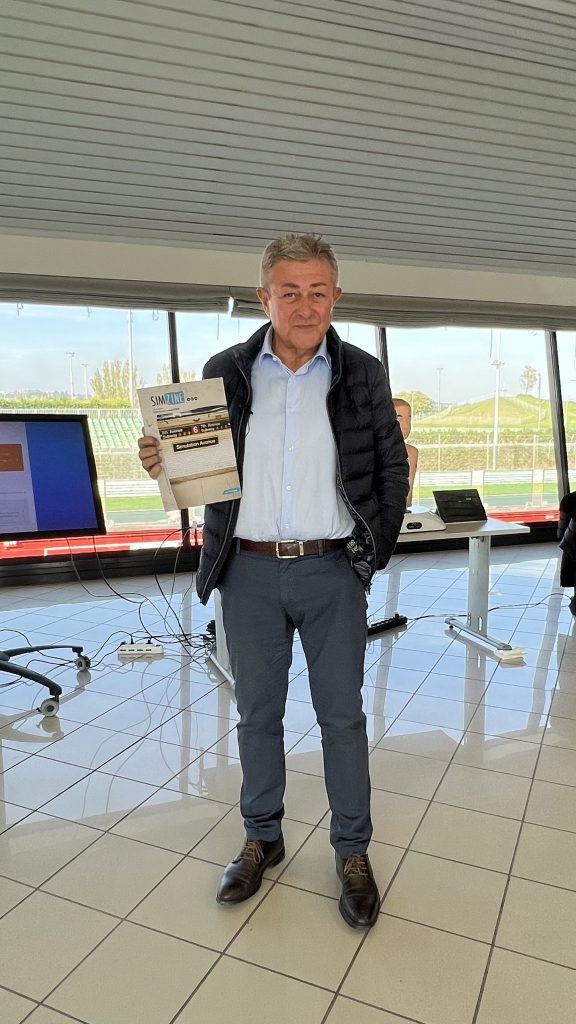
Eraldo Berardi: We are unique in the world because Moto GP has been consolidated at Misano for 17-18 years now, and we are considered the most advanced circuit from a health point of view, precisely because of the structure I have just described. We are able to deliver high-level diagnostic performance instantly, something that does not happen in any circuit. Furthermore, the clinic I was talking about is not a resource dedicated only to the track, but a structure open to the public, accredited and with special agreements, whereby people come to the racetrack to undergo clinical tests and be examined by specialists who work on the circuit. Having a training center therefore becomes important, in order to intrigue even people who come from outside. I’m already in contact with colleagues from other Italian circuits (Mugello, Imola, Monza) to collaborate on a project, a rather original idea. Even when we started with the medical center, everyone doubted that it would work, but now thousands of patients come to the racetrack, so it means that we have done something original, but interesting and above all useful and that works.
SZ: Innovation starts from this circuit and we are proud to be here on the first day of activity.
Eraldo Berardi: Thanks and thanks also to the owners of the racetrack who have this foresight, a very open mentality that allows us to grow and share our skills.
SZ: Thank you very much Doctor Berardi and congratulations!
READ ALSO



